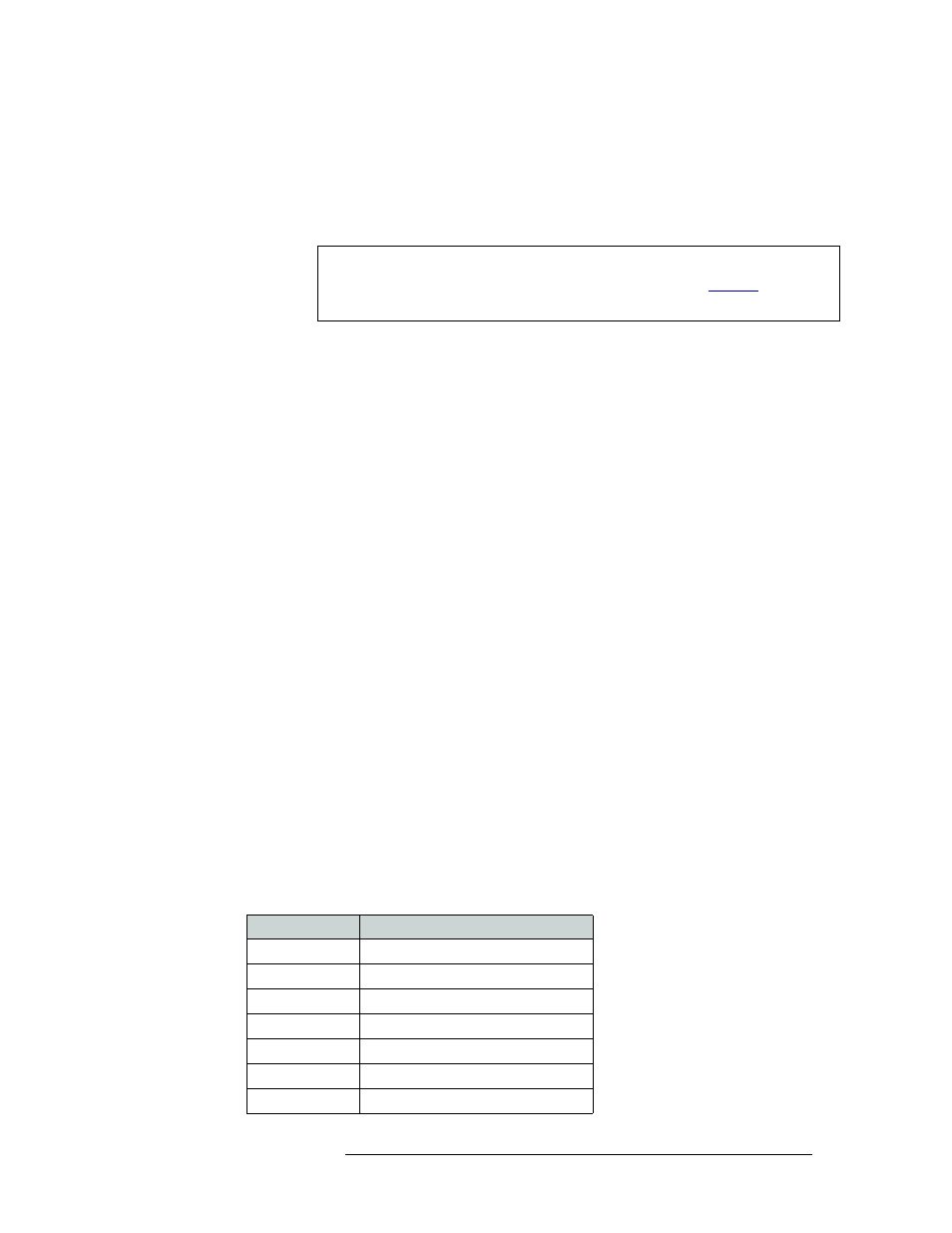Level sets – Grass Valley NV9000-SE v.3.0 User Manual
Page 133

NV9000-SE Utilities • User’s Guide
113
8. Level Sets
About Levels and Level Sets
level sets can be defined, typically configurations use just one level set that includes all virtual lev-
els (all signal types) because system management is easier. However, different level sets are useful
in systems that include signals of different types. For instance, a configuration might include both
analog and digital level sets. Multiple specific level sets tend to be more concise when viewed on
control panel displays.
For example, a router may have a physical level for HD signals. A virtual level for HD signals can
be applied (mapped) to this router and to any other router or device managing HD signals.
In summary, physical and virtual levels play the following roles when configuring routers:
• Physical Levels
—
A physical level is a router matrix
—
inputs, outputs, and crosspoints
—
that,
depending on the router, can include one or more signal types. In NV9000-SE, physical levels
are defined in the ‘Router’ page.
• Virtual Levels
—
Virtual levels within a level set serve two primary functions:
• Partition the (different) signal types in the same physical matrix. For example, virtual levels
HD, SD, and ASI partition the physical level SDI.
• “Marry” multiple crosspoints from the same physical matrix on same device. For example,
virtual levels AES 1/2, 3/4, 5/6, 7/8 are joined in the physical level AES.
In NV9000-SE, virtual levels are defined in the ‘Level Set Details’ page.
Example: Consider a system of 3 routers, as listed below.
NV8256-Plus
—
a 512×512 video matrix, consisting of two NV8256-Plus frames.
NV7512
—
a 2048×2048 AES matrix, consisting of four NV7512 frames.
NV5256
—
a 512-port machine control matrix, consisting of two NV5256 frames.
Each router has one physical level, that is, one crosspoint matrix, which switches the following
signals:
The video router routes HD and SD signals. Assume that half of the signals can be SD and the
other half HD.
The AES matrix switches 8 audio channels (4 AES pairs): AES 1/2, AES 3/4, AES 5/6, and
AES 7/8.
The NV5256 switches control data ports.
This means that in this system there are 7 virtual levels: HD, SD (NV8256-Plus router), 4 AES
levels (NV7512 router) and control data ports (NV5256 router).
Important
Devices in one level set generally cannot be accessed by devices in another level
set without the use of inter-level set mapping or tielines. See
457. At a minimum, one level set must be created.
Virtual Level
Maps to Physical Level
HD
SDI (8256)
SD
SDI (8256)
Control
Control (5256)
AES 1/2
AES (7512)
AES 3/4
AES (7512)
AES 5/6
AES (7512)
AES 7/8
AES (7512)